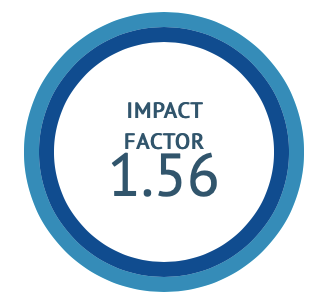Enhancing Ayurvedic Diagnostics: Correlation and Validation of Sensor-Based Prakriti Parikshan through Comprehensive Questionnaire Analysis
DOI:
https://doi.org/10.47552/ijam.v16i2.5387Keywords:
Ayurvedic Engineering, Prakriti Parikshan, Sensor Technology, Questionnaire Analysis, Dosha Evaluation, Personalized HealthcareAbstract
The field of Ayurvedic engineering seeks to modernize traditional Ayurvedic practices using contemporary technological methods. This research paper introduces an innovative method for Ayurvedic Prakriti Parikshan, the evaluation of individual constitutions using sensor-based Nadi Pariksha and validating it using analysis of questionnaire responses.
The proposed method includes the use of an extensive questionnaire consisting of 75 questions, validated by Ayurvedic experts, in conjunction with sensor-based pulse readings to identify Vata, Pitta, and Kapha doshas. Techniques such as Baseline wander removal filters for preprocessing, feature extraction using the 1-dimensional discrete wavelet transform (1D DWT) and Fast Fourier Transform (FFT). The gathered data is consolidated and analyzed to determine the predominant dosha in each person. Later the doshas obtained from sensor-data are validated using the doshas obtained from the questionnaire-data demonstrating an accuracy rate of 95%.
Downloads
Published
How to Cite
Issue
Section
License
Copyright (c) 2025 International Journal of Ayurvedic Medicine

This work is licensed under a Creative Commons Attribution-NonCommercial-ShareAlike 4.0 International License.
The author hereby transfers, assigns, or conveys all copyright ownership to the International Journal of Ayurvedic Medicine (IJAM). By this transfer, the article becomes the property of the IJAM and may not be published elsewhere without written permission from the IJAM.
This transfer of copyright also implies transfer of rights for printed, electronic, microfilm, and facsimile publication. No royalty or other monetary compensation will be received for transferring the copyright of the article to the IJAM.
The IJAM, in turn, grants each author the right to republish the article in any book for which he or she is the author or editor, without paying royalties to the IJAM, subject to the express conditions that (a) the author notify IJAM in advance in writing of this republication and (b) a credit line attributes the original publication to IJAM.




